Blog
Ways To Use Granite in Garden Landscaping
When it comes to awarding unmatched beauty and functionality to any outdoor landscaping project, natural stones emerge as the most preferred choice of construction contractors across the world. Apart from wearing a great touch of nature, natural stones tend to have unmatched durability and functionality which is much needed in any construction project.
As far as outdoor architecture is concerned, the used material should be sturdier enough to face harsh sun, high humidity, incessant rains, and other weathering elements.
Granite is a great material to work with whether you want a sleek, contemporary design for your yard or something a little more whimsical. Apart from its aesthetic value, real stone offers two additional benefits:
- In addition to being strong and long-lasting, it may be carved and sliced to enhance the natural beauty of the stone’s surface.
- In comparison to artificial materials, it is a more ecologically responsible choice that also enhances the natural aesthetic of your outdoor area.
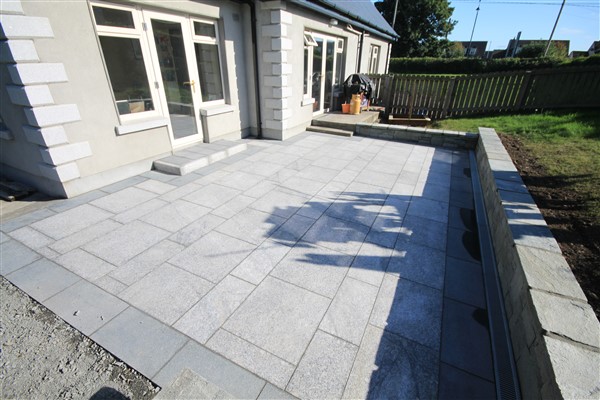
Rocks and Boulders
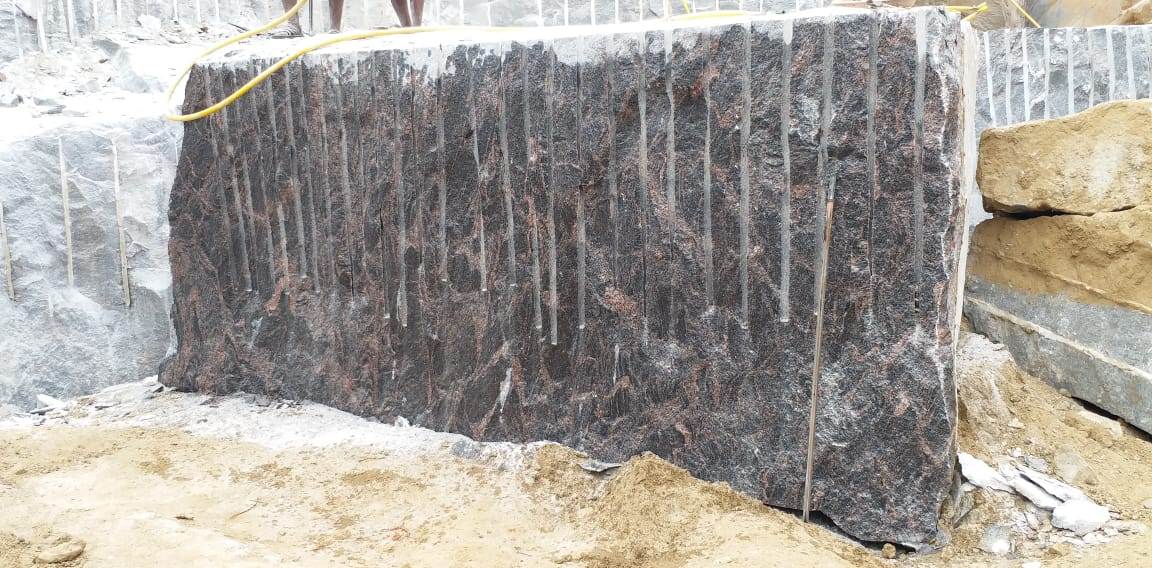
Rocks and boulders are a great way to include some natural dimension and texture into a design, as long as your yard is sizable enough. However, you might overdo it by adding elements that are too big or don’t blend in well with the rest of your landscape’s design. For this reason, you’ll want the expert eye of a landscaper.
If your lawn is terraced, for instance, natural stone can be used to create a lovely separating wall that cascades between the two sections, complemented by suitable trees or greenery.
Patios
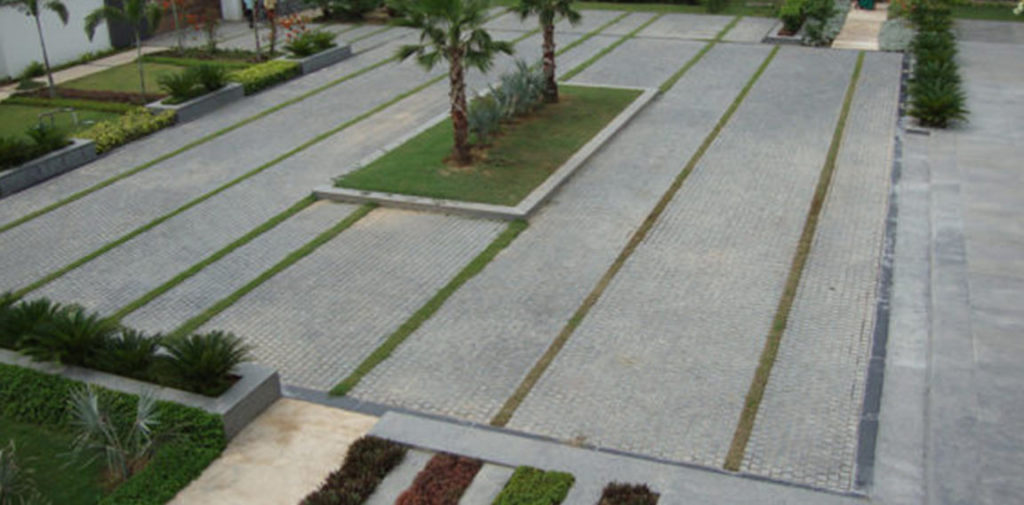
Granite paving stones are fast becoming the “it” hardscape material of the year as more projects look for an affordable, distinctive, and long-lasting solution. It makes sense that they are growing in popularity when those characteristics are combined with a product that can be used for both business and residential applications.
Brick, cement, or natural stone are the three common materials used to make paving stones, often known as “pavers”. Each of these has advantages and disadvantages of their own and gives a project a unique appearance and feel.
Granite Steps
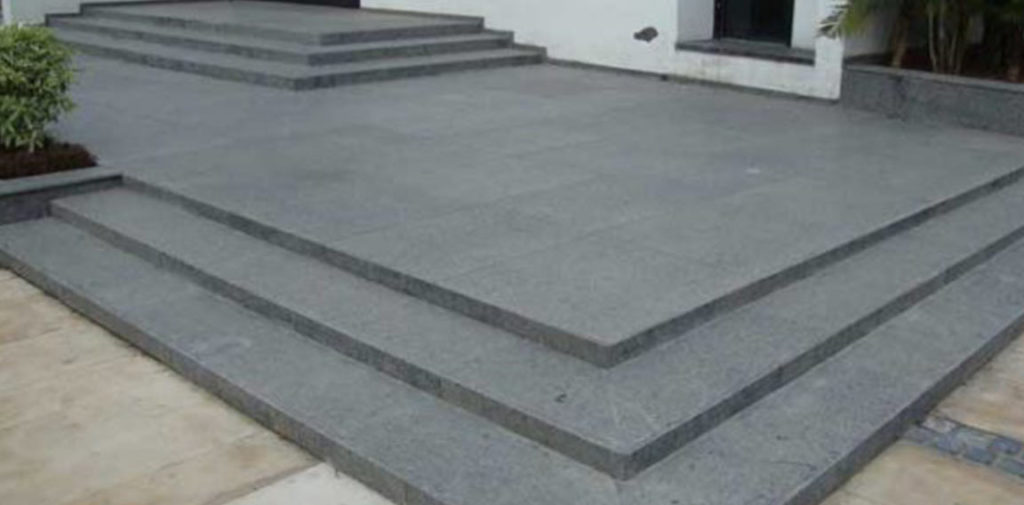
A tastefully constructed set of front steps may make your home’s entryway feel cozy and welcoming. When choosing the proper building material, utility is just as vital as looks because they will be utilized on a daily basis by inhabitants and guests.
Granite looks and feels better than wood, concrete, or brick, making it a great material choice for all outdoor steps. Even in the harshest weather, these non-slip, thermally finished granite steps are strong and safe to use all year round.
Steps can be designed to match any home’s style
and layout. Steps can be custom-made with a range of finishes and cuts, from
typical rectangular to radial or tiered patterns. You may also incorporate
embankment stairs into the landscape design to provide a useful transition between levels on your property.
Garden Edging
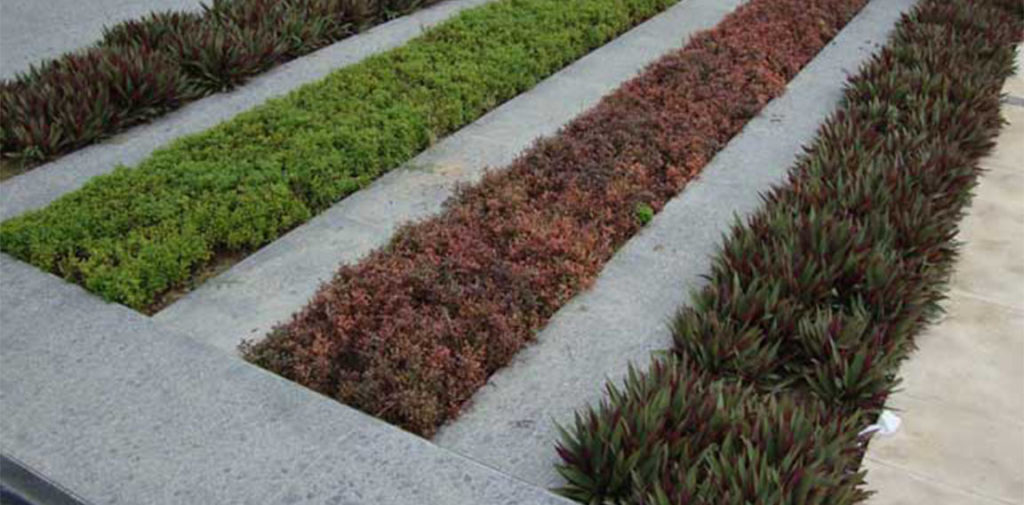
Granite edging creates a beautiful border around driveways and walks, which can enhance the visual appeal of your front yard. Moreover, it can serve as a barrier between grasses or plants and hardscapes.
To draw attention to natural features, granite edging can also be utilized around a garden or planter bed. It comes in a range of designs, from rustic to modern, to fit any type of house. Granite cobblestones are primarily for the edging of garden and driveways.
Stone Veneer

Adding natural stone veneer to the outside of your house is a wonderful way to contrast with standard siding and blend in with the surrounding scenery. Granite can also be utilized to provide protection from the weather by covering pillars, emphasizing chimneys, or giving window sills a classic appearance.
There is a fantastic natural stone veneer design for any type of home, thanks to the large range of shapes and colors that are accessible. Additionally, granite veneer fades slowly and keeps its color year after year with little upkeep.
Stone Wall
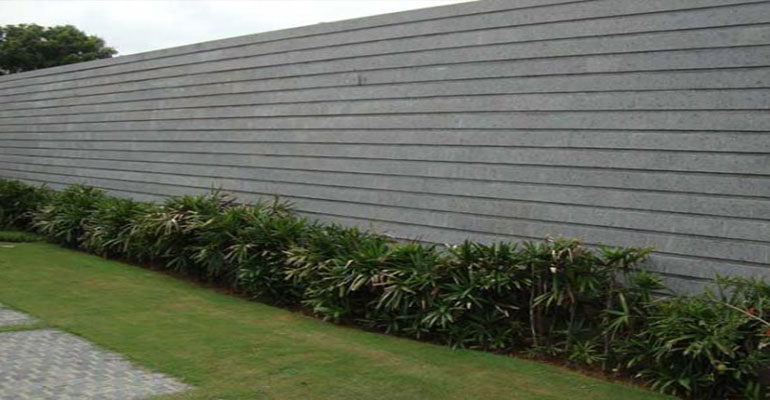
By outlining your landscape and adding long-lasting visual appeal, installing a granite wall in front of your house will improve curb appeal.
Stone walls can be mortared for a more modern appearance or dry stacked for a rustic, organic aspect. Additionally, mortar walls offer more structural support, which is particularly advantageous for taller walls.
Any home can feel more secure and delineate a boundary between properties with the help of free-standing walls. Conversely, retaining walls are meant to enclose an elevated piece of land and hold back soil.
Granite Water Features
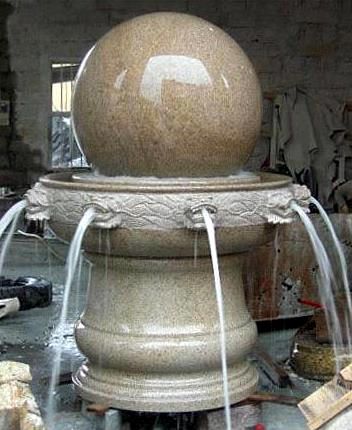
Though there are several natural stones available that can be used for making outdoor fountains, granite is considered the most feasible choice for fountain making. If a fountain is constructed to blend in with the surrounding landscape, it can create a stunning and sophisticated focal point for your outdoor living area.
Granite Benches
Granite benches are known to be an excellent choice for gardens since the natural stone is believed to withstand heavy wear and tear over time without presenting any setbacks. They are a sensible option for any garden or outdoor area because they also require very little upkeep.
Stone benches are not only extremely useful but also possess an unparalleled natural beauty that cannot be found in other materials. Artificial materials are unable to match the distinct patterns and textures of natural stone, which impart a feeling of warmth and depth. They are therefore a well-liked option for anyone looking to design a cozy and organic outdoor area.
The Conclusion
The use of granite and other natural stones for garden landscaping is nothing new as they have been used for several years. Granite is a common paving material for driveways and walkways because of its strength; it can be found in different sizes and finishes. It requires little upkeep and creates a sturdy sidewalk, patio, or terrace for your home’s landscaping.
